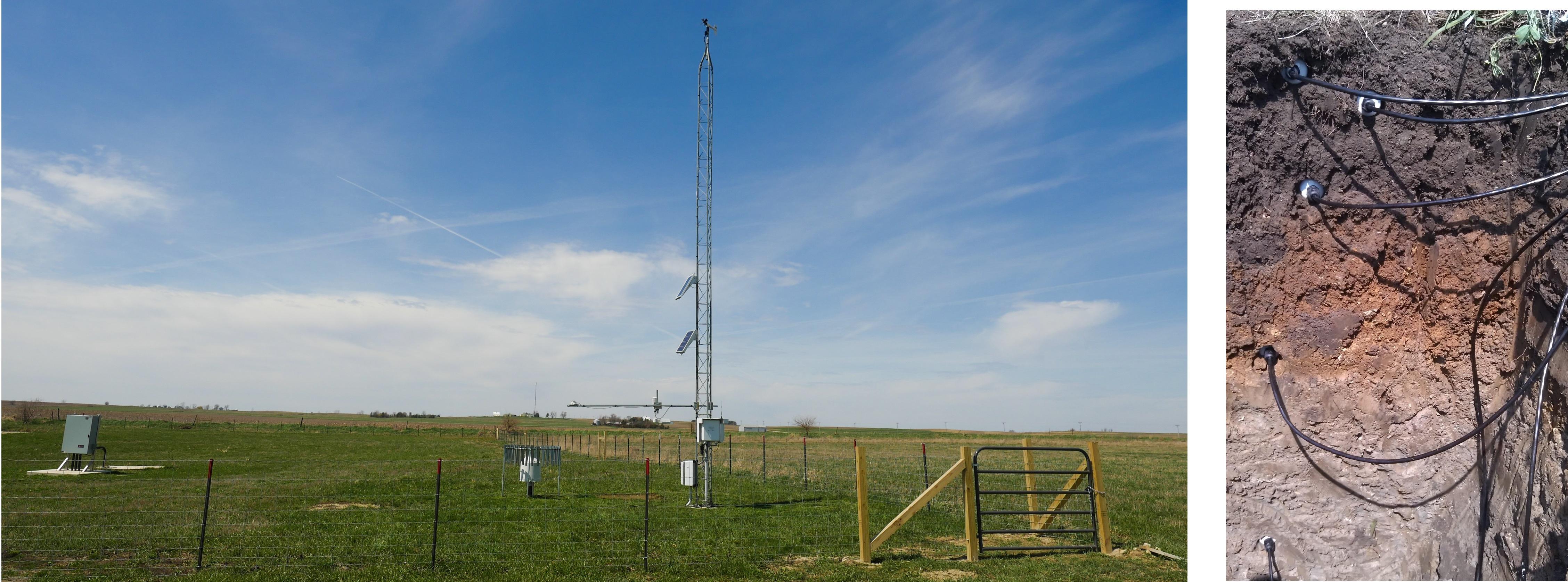Gear shift of soil moisture-evaporation coupling under global warming
Published in Earth & Environment

Soil moisture-induced feedbacks
It is intuitive how rainfall affects the land - it moistens the soil. But when water escapes from
the land through evaporation, its effect on the atmosphere is complicated. Evaporation requires
energy, and it happens by consuming energy available otherwise for heating the ground. Thus, it
results in less sensible heat flux from land to air – resulting in a cooler and more humid
atmosphere. This can affect cloud formation and rainfall.
Besides sunlight as available energy, the other dominant factor that controls the amount of
evaporation is soil moisture content. A change in soil moisture content can trigger a chain of
processes from land to atmosphere that eventually affects precipitation, called soil
moisture-precipitation feedback, evidenced by observations since the late 20th century. This
traces back to scientists from the Illinois State Water Survey who have been directly measuring
soil moisture since 1981 (Pictures). The evidenced soil moisture-induced feedback reinforces the
importance of soil moisture; its variability can potentially provide predictability from days to
seasonal timescales, and its depiction in model simulation largely affects the modeled climate.
Accordingly, much effort has been put in the last few decades toward examining soil moisture
variability and exploring the downstream processes induced by soil moisture variability.

Photo Credit: Illinois State Water Survey (https://www.isws.illinois.edu)
The gear shift of soil moisture-evaporation coupling
Our study examines the linkages between soil moisture and evaporation, especially their
response in a warming climate. In fact, the control of soil moisture fluctuations on evaporation
only holds when soils are not too wet nor too dry, in a middle range called the transitional regime.
When soil moisture moves in or out of the transitional regime, it results in dramatically different
responses of soil moisture induced-feedbacks, inducing different influences on climate - a shifting
of gears.
We conclude that a warming climate due to human emissions of carbon dioxide into the air
should change the boundaries of the transitional regime and the fraction of time soil moisture
spends there at any location on Earth. This has been investigated by analyzing the behavior of
virtual Earths simulated by different modeling institutions around the world. One set of virtual
Earths represent the climate as it was in the pre-industrial period. The other set simulates the
world affected by gradually increasing CO2. Our analysis shows that under global warming, the
transitional regime expands globally and more areas will evolve more than one gear of soil
moisture-evaporation coupling. This could amplify future climate sensitivity to land surface
variations from land management and natural causes.
Follow the Topic
-
Nature Communications

An open access, multidisciplinary journal dedicated to publishing high-quality research in all areas of the biological, health, physical, chemical and Earth sciences.
Related Collections
With Collections, you can get published faster and increase your visibility.
Women's Health
Publishing Model: Hybrid
Deadline: Ongoing
Advances in neurodegenerative diseases
Publishing Model: Hybrid
Deadline: Dec 24, 2025



Please sign in or register for FREE
If you are a registered user on Research Communities by Springer Nature, please sign in